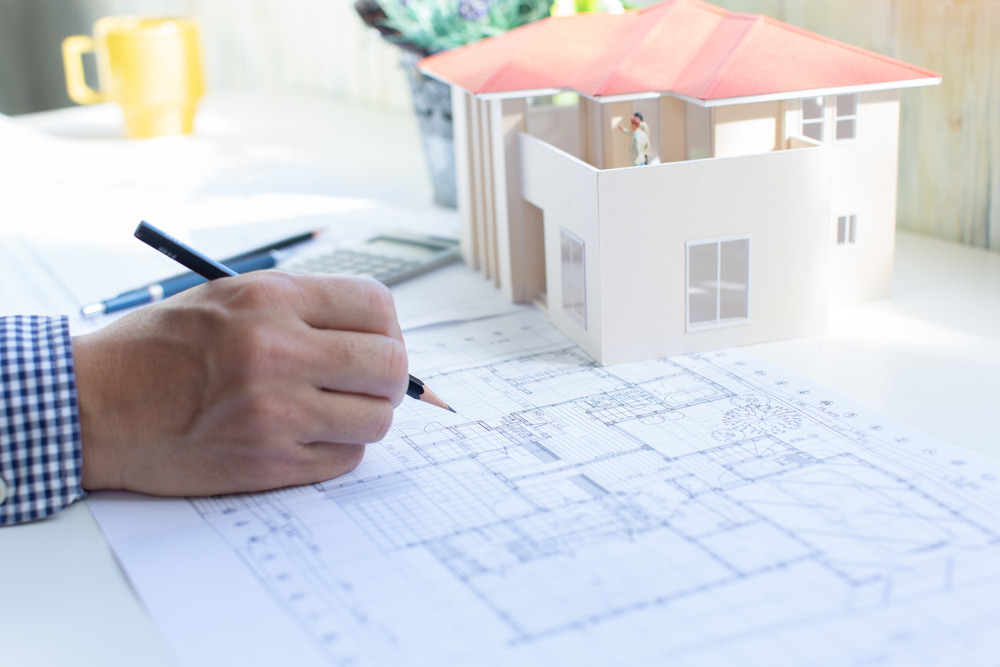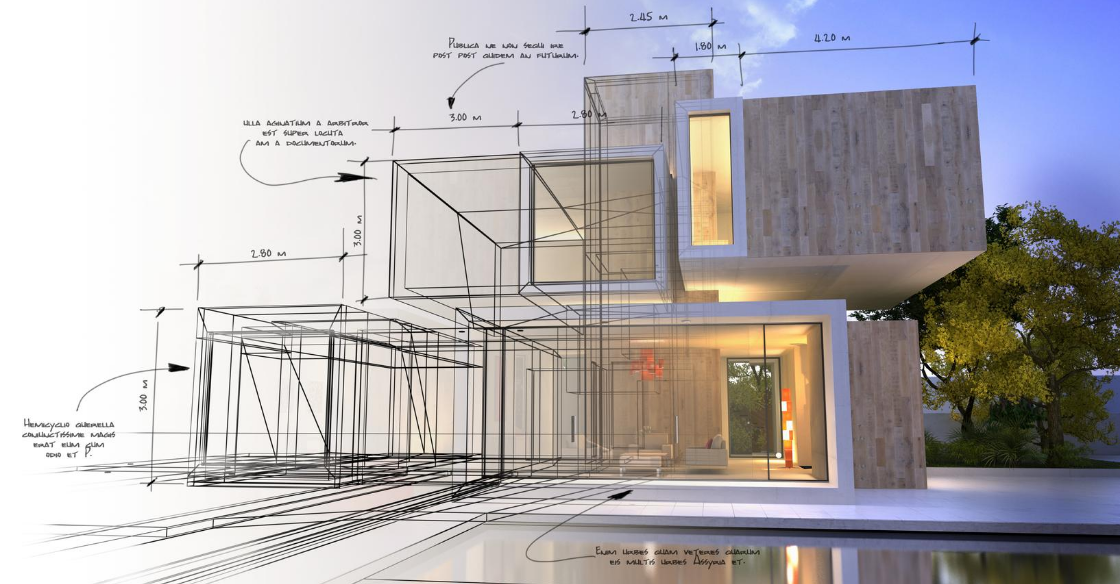Explore Acclaimed Projects by Renowned CDA Architects
Explore Acclaimed Projects by Renowned CDA Architects
Blog Article
The Influence of Technical Improvements on the Design Practices of Contemporary Architects
The quick development of technological devices has actually substantially reshaped the layout landscape for contemporary engineers, promoting extraordinary levels of technology and sustainability. The combination of Structure Information Modeling (BIM), parametric layout, and expert system has not only structured collaboration amongst varied teams yet also redefined project implementation. However, as designers welcome these developments, they are challenged with complex difficulties that can affect their imaginative processes. Checking out these characteristics discloses a nuanced interplay between innovation and typical design methods, motivating a closer evaluation of what the future holds for architectural methods.
Development of Architectural Equipment
Exactly how have building devices changed the style and building procedures over the centuries? The development of architectural tools has significantly affected the efficiency, precision, and creativity of style and building. In ancient times, designers depend on simple instruments such as plumb bobs, measuring rods, and standard geometry to develop structures. These tools laid the structure for early architectural practice, permitting the building and construction of famous structures, albeit with limitations in accuracy and intricacy.
With the advent of the Renaissance, the intro of the compass and the protractor marked a pivotal change. These tools made it possible for designers to achieve better accuracy in their layouts, helping with the appearance of more intricate and proportional buildings (cda architects). The Industrial Change even more changed architectural experiment the introduction of mechanical tools and products, permitting bigger and more enthusiastic tasks
In the 20th century, the advancement of computer-aided style (CAD) software transformed the landscape once again, providing designers with extraordinary capabilities in modeling and visualization. Today, advanced devices such as Building Information Modeling (BIM) and parametric design software continue to press the borders of architectural development, making it possible for a more integrated strategy to style and building and construction procedures.

Enhanced Collaboration in Design
As technology remains to develop, enhanced cooperation in design has actually ended up being a cornerstone of modern-day building practice. The assimilation of digital devices such as Building Details Modeling (BIM), cloud-based platforms, and progressed visualization software application has changed the method engineers, engineers, and stakeholders connect throughout the style procedure. These tools promote real-time communication, permitting teams to share ideas, modifications, and comments instantly, no matter of geographical location.
Additionally, digital reality (VIRTUAL REALITY) and augmented reality (AR) have additional enriched collaborative efforts by making it possible for immersive experiences that allow clients and staff member to imagine tasks in a much more interesting manner. This level of communication not just enhances understanding however additionally fosters a sense of ownership amongst stakeholders, resulting in even more enlightened decision-making.
Additionally, interdisciplinary partnership has actually been structured through these technological developments, enabling architects to work more carefully with other specialists, such as city planners and imp source environmental experts. The outcome is an extra cohesive method to develop that takes into consideration numerous point of views and proficiency. Eventually, improved partnership her explanation in style is not just a fad; it is crucial for developing cutting-edge, useful, and aesthetically pleasing design in a progressively complicated world.
Sustainability With Innovation
Sustainability in architecture has increasingly become linked with technical innovation, driving the industry towards eco liable methods - cda architects. Contemporary designers are leveraging sophisticated technologies to reduce environmental impact while boosting the efficiency of structures. One popular example is making use of Structure Info Modeling (BIM), which enables for accurate preparation and source allotment, decreasing waste throughout building and construction and promoting power effectiveness throughout a building's lifecycle
Moreover, clever products and energy-efficient systems are being integrated right into styles to optimize resource usage. Technologies such as photovoltaic cells and eco-friendly roof systems harness renewable resource sources, adding to minimized carbon footprints. In addition, the application of expert system in style processes enables engineers to mimic and assess energy intake, assisting decisions toward even more sustainable end results.
The combination of lasting innovations not just straightens with global ecological goals however likewise fulfills a raising demand from customers for environmentally friendly remedies. As architects welcome these innovations, the emphasis changes towards creating areas that are not only visually pleasing but likewise functionally lasting, consequently redefining the criteria of modern design. This way, innovation offers as a catalyst for sustainability, allowing designers to make buildings that regard and enhance the natural setting.
Challenges in Application
While technical advancements in architecture hold excellent promise for enhancing sustainability, their application commonly runs into significant challenges. One main challenge is the steep discovering contour linked with check my blog new innovations. Designers and building experts might need considerable training to properly make use of innovative software program and devices, which can delay task timelines and increase prices.
In addition, the assimilation of arising modern technologies, such as Structure Info Modeling (BIM) and lasting materials, commonly requires partnership across multidisciplinary teams. This collaboration can be prevented by distinctions in experience, operations, and interaction styles, causing prospective conflicts and inefficiencies.
Financial restraints additionally complicate the adoption of cutting-edge innovations. Numerous architectural companies, particularly smaller sized ones, may lack the sources to purchase innovative tools, restricting their ability to take on bigger companies that can afford such investments.
Moreover, governing frameworks and building ordinance might not equal technical improvements, producing obscurity and prospective compliance concerns. This difficulty can dissuade architects from completely embracing brand-new technologies, as the threat of non-compliance may surpass the benefits. Therefore, addressing these execution difficulties is crucial for the effective integration of technological advancements in contemporary building practices.
Future Patterns in Style
The challenges connected with the application of brand-new technologies in design have actually prompted a reevaluation of future patterns within the sector. As architects navigate problems such as sustainability, urbanization, and social equity, they are increasingly embracing ingenious modern technologies to improve style effectiveness and ecological performance.
One popular pattern is the combination of fabricated knowledge (AI) in the design process. AI tools can assess vast datasets to notify layout choices, enhancing both creative thinking and capability. Likewise, Structure Details Modeling (BIM) proceeds to advance, enabling real-time collaboration among stakeholders and assisting in streamlined job administration.
Lasting design practices are additionally obtaining energy, with engineers concentrating on flexible reuse and regenerative style principles that reduce source usage and waste. The incorporation of smart products and eco-friendly power sources will further boost the durability of structures when faced with climate change.
Additionally, the surge of parametric style permits more tailored and context-sensitive building services. By taking advantage of these improvements, designers are poised to develop developed environments that not just deal with the immediate requirements of society yet additionally expect future challenges, consequently redefining the role of style in an ever-changing world.
Conclusion

Report this page